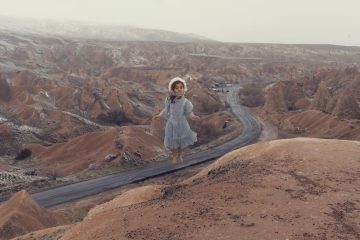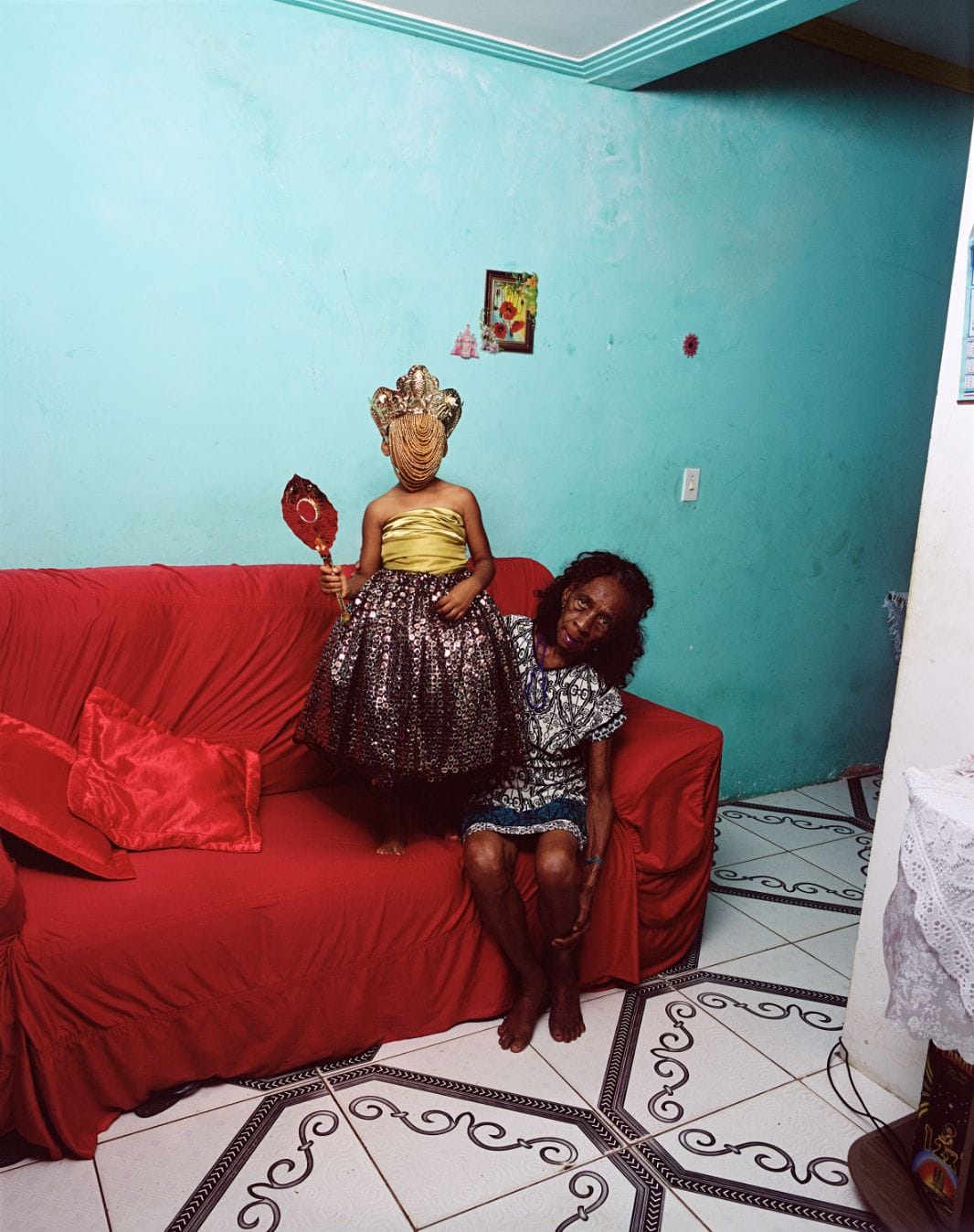
The exhibition will run from 25th March to 12th June with the winner receiving £30,000 in a ceremony on 12th May.
Curated by The Photographer’s Gallery’s Katrina Schwarz, the 2022 showcase presents photographers focusing on a particular subject matter linked to a specific region or community, which has become a strong part of their creative identity.
The projects are ambitious. Jo Ractliffe and Gilles Peress present post-Apartheid South Africa and the streets of Northern Ireland respectively. Deana Lawson, in her representation of black people’s experience, creates a new iconography which both encapsulates and transcends the everyday; while for Anastasia Samoylova, climate peril in Florida reveals the stark dissonance between idealised imagery and the reality of rising tides. Taking over the fourth and fifth floors, the exhibition presents four distinct artists’ rooms.
The extraordinary photography can be viewed in this article, but we strongly urge you to go and see the exhibition in person if you can.
Anastasia Samoylova
Anastasia Samoylova’s (b.1984, Moscow, Russia) extensive photographic series, FloodZone offers a
beguiling and unique response to environmental changes in America’s coastal cities, particularly focusing on Florida, which has been the artist’s home since 2016.
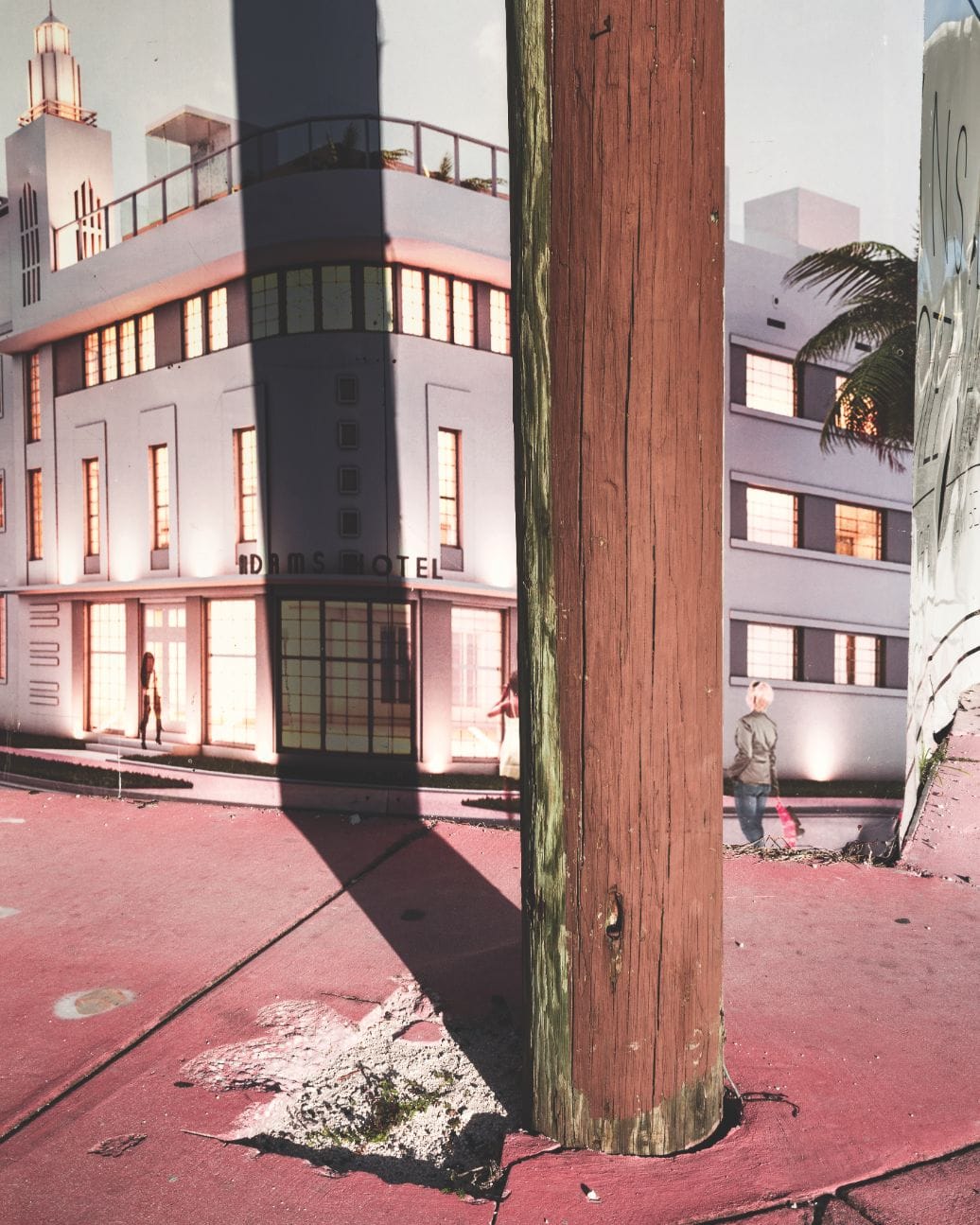
Park Avenue, 2018
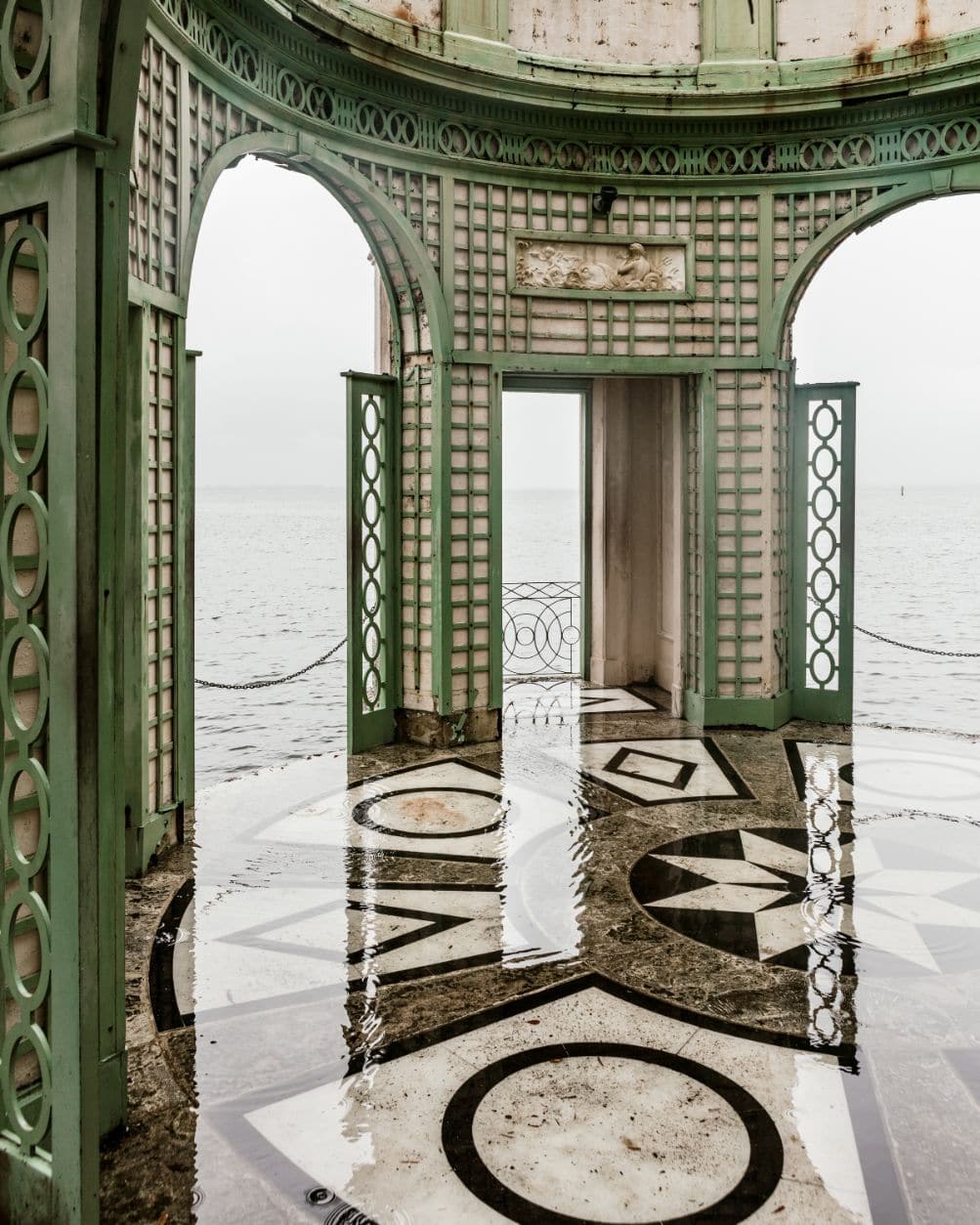
The Tea Room, 2018
Aspirational imagery – touting tourism and property development – forms the region’s official iconography, though it exists in sharp contrast to the realities of encroaching climate disasters. A selection of black-and-white and coloured photographs, spanning from 2017 until 2019, are presented as framed prints and large-scale wallpapers in a gallery environment distinguished by a strong colour palette and use of a strong graphic design.

Barber Shop, Miami, 2018

Pink Sidewalk, 2017
Taken together, the installation reflects the tools of seduction and disorientation used by advertisers and property developers in a region dazzling in its appeal, while dangerously impacted by rising sea levels.

Manatee Rescue Van, 2019

Camouflage, 2017
Jo Ratcliffe
For forty years Jo Ractliffe (b. 1961, Cape Town, South Africa), has created stark and important images, shaped by the legacy of Apartheid in South Africa. The exhibition explores the unexpected associations and meanings that emerge from the assemblage of disparate images. This comes in direct contrast to the narrative and chronological sequence of the photo book.

Piet Basson’s bible, Riemvasmaak, 2013

Doll’s head, 1990-95
Deana Lawson
Deana Lawson’s (b. 1979, Rochester, New York) is renowned for her intimate staged portraits that reflect the vernacular language of the family photo album, as well as tropes from documentary photography and art history.

An Ode to Yemaya, 2019
Visitors are introduced to what Lawson calls her ‘ever-expanding mythological family’ through a series of radiant, large-scale portraits. There are themes of birth and death and of an uncanny and sacred realm beyond the surface.
Each of the large-scale photographic works is set in a grand frame constructed from mirrored glass; highlighting the role of light and of ideas of reflection within Lawson’s practice. Holograms and images of sublime natural phenomena, such as galaxies and tilting waterfalls, heighten the sense of the cosmic.
Giles Peress
Gilles Peress’ Whatever You Say, Say Nothing, described by the artists as a work of ‘documentary fiction’, has been specially adapted for his gallery installation. The publication is structured in the form of ‘semi-fictional days’ – repetitive, spiralling days that define life in a conflict zone.

Gilles Peress, Whatever You Say, Say Nothing

Gilles Peress, Whatever You Say, Say Nothing

Gilles Peress, Whatever You Say, Say Nothing

Gilles Peress, Whatever You Say, Say Nothing

Gilles Peress, Whatever You Say, Say Nothing

Gilles Peress, Whatever You Say, Say Nothing

Gilles Peress, Whatever You Say, Say Nothing

Gilles Peress, Whatever You Say, Say Nothing

Gilles Peress, Whatever You Say, Say Nothing

Gilles Peress, Whatever You Say, Say Nothing
In the gallery, these days move from page to wall, and the language of photography expands, revealing a relationship to cinema, literature, and art, while revelling in the uncomfortable spaces between them.
The exhibition nods to the conflict that occurred on the walls of Belfast through murals, graffiti, bullet holes, and the detritus of everyday life. Big, historical events – like Bloody Sunday and the inquiries that followed it – and mundane days are both covered in photography that evokes the ambiguity, horror, humour and chaos of a time that was dark and full of murders.
The Deutsche Börse Photography
